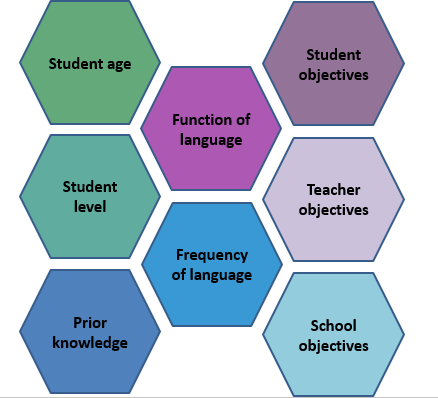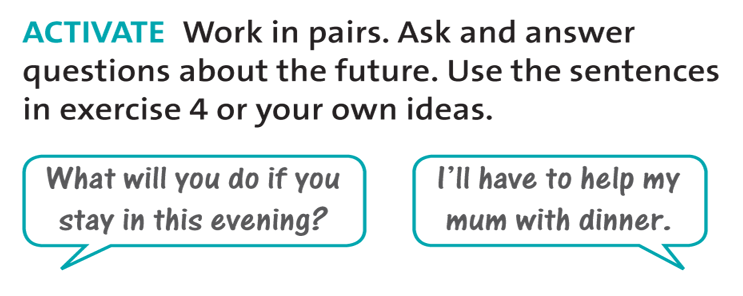A while ago I came across an infographic which claimed that teachers make, on average, 1500 educational decisions a day. Over a six-hour teaching day, that’s around four decisions per minute. My question is: Is that number high enough?
I have been thinking about the decisions we make when we are teaching grammar. As teachers, we are constantly making decisions, both consciously and subconsciously, about our teaching. But our decision making isn’t just limited to the time we spend in the classroom, what about all the choices we make when we are planning, or reflecting on our lessons over a cup of tea?
Planning Choices
If you are anything like me, there are plenty of decisions to make when planning a grammar lesson. Depending on the grammar point we are teaching, we might ask ourselves:
- What might my students find difficult about this structure?
- What examples can I give them?
- What can I do to make this lesson engaging?
- How will I present this language point?
- How will I check they’ve understood?
Of course, this is not an exhaustive list, and I am sure that you could add plenty more questions of your own. One of the questions I always begin with is “How relevant is this language for my students?” because the answer always impacts on my other planning choices.

How relevant we decide a grammar point is depends on a variety of factors. Let’s take articles as an example. Articles in English are very important, but also quite complex, so how deeply we explore them in class will depend on our students, their needs, and the objectives of the lesson. With a beginner’s class looking at articles for the first time, it is unlikely that we would go beyond the very basics:
- When should we use ‘A’ or ‘An’?
- What’s the difference between ‘A/An’ or ‘The’?
However, if we change our context to that of an FCE prep class, articles take on greater relevance. What our students need to know about the language point becomes more complex, and we would have to go into the language further.
The answers to the question “How relevant is this language for my students?” will have an impact on the rest of our lesson planning. If the language point is particularly complex, we might build in extra practice. If the language is high frequency, we might choose an inductive or guided approach to teaching, allowing student’s time to discover the grammar rules for themselves.
Teaching Choices
So, by the time we’ve entered the classroom we’ve already made a number of choices, but the decision making doesn’t stop there. How many times have you walked in with a well-planned activity that just doesn’t work in practice? Or made an assumption about your students that turned out to be wrong? One of the hardest choices a teacher makes is to change the plan halfway through the lesson, but sometimes the language is more complicated, or less engaging than you expected.
When it comes to grammar lessons, I always like to have a back-up plan. Having a few easy-to-implement changes in your back pocket ensures that you and your students can meet the objectives of the lesson. Let’s say that your students are struggling with using ‘will’ to talk about the future.

The practice activity above accustoms your student’s to the target language, but what if that’s not enough? What if they aren’t engaged? One of the choices we make is how to change or extend activities from the course book. A favourite activity of mine involves using playing cards to change the activity.
Teaching Grammar: Classroom Choices
Teaching grammar is not a ‘one size fits all’ experience. As teachers, we have the freedom to choose how we present and teach new language, we can change our minds if we find that the approach we originally chose isn’t working.
Watch the recording of my webinar on this topic here.
Author
Charlotte Rance is a freelance teacher trainer and educational consultant based in Brighton, UK. She has been working in the English Language Teaching industry for over a decade, and her key areas of interest are young learners and the use of stories and reading as a tool for language learning. Her main goal as a trainer is to provide practical advice and strategies that teachers can implement in their lessons.
References:
https://busyteacher.org/16670-teachers-masters-of-multitasking-infographic.html

